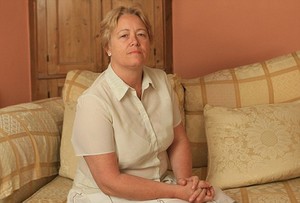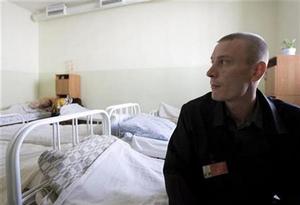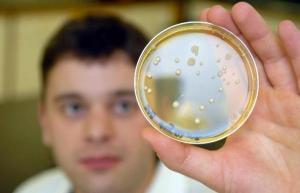The 52-year-old was told to drink an extra four pints of water per day and reduce her salt intake in a bid to prevent fluid retention and lose weight.
She began vomiting uncontrollably within days of going on 'The Amazing Hydration Diet'.
But nutritionist Barbara Nash assured her it was all 'part of the detoxification process'.
Mrs Nash even urged her to increase the amount of water she drank to six pints per day and eat fewer salty foods.
But Mrs Page - who weighed just 12 stone - suffered a massive epileptic fit brought on by severe sodium deficiency less than a week after she started the diet in 2001.
She was rushed to intensive care, but doctors were unable to prevent permanent brain injuries.

|
| ©Unknown |
| Dawn Page was told to drink four extra pints of water a day and reduced her salt intake |






Comment: Or you could skip all that and just smoke the plant! Nicotine is best infused through smoking.